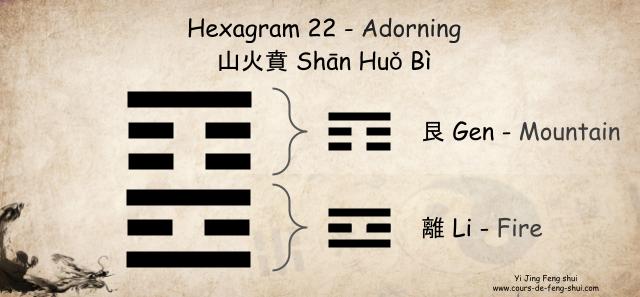
Hexagram 22 of the Yi Jing, known as Adorning or 山火賁 (Shān Huǒ Bì) in Chinese, represents the concept of Grace and refinement. It is composed of the upper trigram ☶ Gen (Mountain, the youngest) and the lower trigram ☲ Li (Fire, the youngest). This hexagram signifies the harmony that arises when strength and gentleness come together, leading to mutual embellishment and refinement.
Jia Zi Combination:
Hexagram 22 is associated with Gui Chou (癸丑), the 50th combination of the sexagesimal cycle:
- 癸 (Gui) represents Yin Water, the celestial stem.
- 丑 (Chou) represents the Ox, the terrestrial branch.
Interpretation of the Hexagram’s Structure:
Opposite Hexagram:
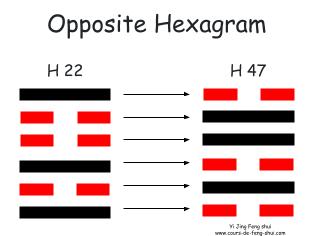
- The opposite hexagram of 22 is Hexagram 47 – Kun (困), meaning “Confining.” This hexagram is obtained by replacing the Yang lines with Yin lines and vice versa, indicating the opposite of the solution to the situation.
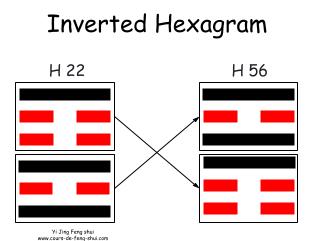
Inverted Hexagram:
- The inverted hexagram, which provides insight into the origin of the situation, is Hexagram 56 – Lu (旅), meaning “The Traveler.” This is formed by swapping the positions of the two trigrams.
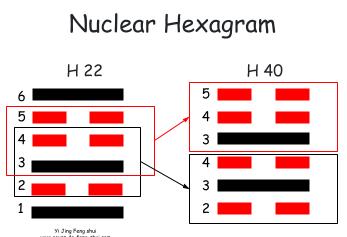
Nuclear Hexagram:
- The nuclear hexagram, representing the core of the issue, is Hexagram 40 – Xie (解), meaning “Deliverance.” This hexagram is formed by using the four central lines to create two new trigrams.
Mutant Hexagram (Derived):
When a line in Hexagram 22 mutates, it gives rise to a new hexagram, indicating how the situation may evolve:
- Line 6 mutates to form Hexagram 36
- Line 5 mutates to form Hexagram 37
- Line 4 mutates to form Hexagram 30
- Line 3 mutates to form Hexagram 27
- Line 2 mutates to form Hexagram 26
- Line 1 mutates to form Hexagram 52
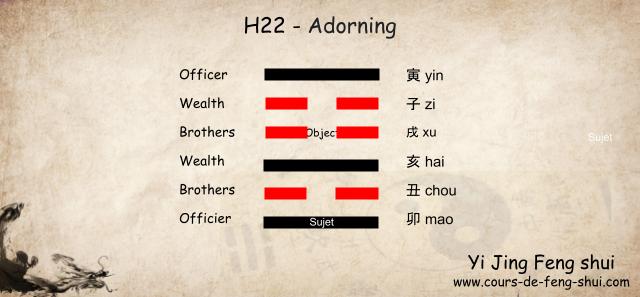
Taoist Yi Jing Wen Wang Gua :
In the Taoist interpretation following the Wen Wang Gua (Liu Yao) method, Hexagram 22 is associated with the Gen (Earth) family and represents generation 1:
- Subject is placed on the first line.
- Object is placed on the fourth line.
Six Relatives: Each line of the hexagram corresponds to one of the six relatives, reflecting different aspects of the querent’s life:
- 6th line: 寅 (Yin) Wood – Officer
- 5th line: 子 (Zi) Water – Wealth
- 4th line: 戌 (Xu) Earth – Brothers
- 3rd line: 亥 (Hai) Water – Wealth
- 2nd line: 丑 (Chou) Earth – Brothers
- 1st line: 卯 (Mao) Wood – Officer
Hexagram 22 is also a Liu He (Six Combinations) hexagram, where combinations occur when two earthly branches of different Yin-Yang polarities meet, attracting and combining with each other:
- 卯 (Mao) and 戌 (Xu) combine.
- 丑 (Chou) and 子 (Zi) combine.
- 亥 (Hai) and 寅 (Yin) combine.